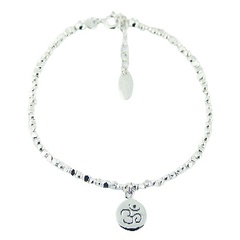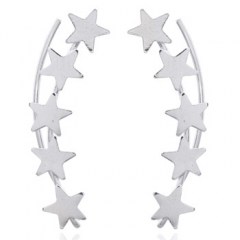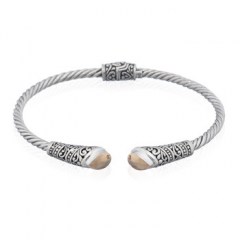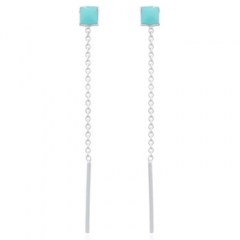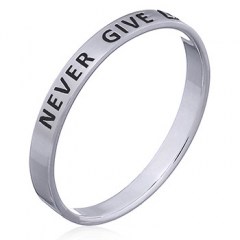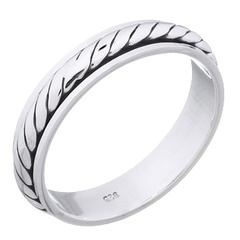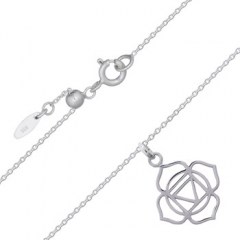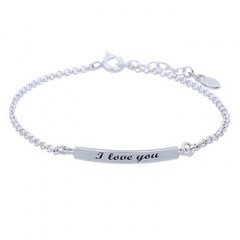Alternative lifestyles, such as hotwifing and swinging, have long been part of human sexual culture, often shrouded in secrecy and whispered about in private. One of the most fascinating aspects of these lifestyles is their use of symbols—a language of sorts that has evolved over time to communicate identity, preference, and status within these communities. This article delves into the rich tapestry of symbolism that has historically defined and connected individuals within these alternative lifestyles. We have previously become familiar with the term “Hotwife” in a previous article.
The Early Days: Covert Symbols in Secret Societies
The roots of symbolic communication in alternative lifestyles can be traced back to times when such practices were not socially accepted or were outright illegal. Secret societies and discreet clubs used symbols as a means of identification and to signify membership. These symbols were often known only to insiders, creating a sense of community and safety among members.
In the case of swingers, for instance, certain items of clothing or accessories, like a specific color or style of clothing, could indicate membership in these underground networks. This covert signaling allowed individuals to identify each other in everyday situations without drawing the attention of the uninitiated.
For many women, wearing hotwife symbols is a form of empowerment. It’s a way to embrace and express their sexuality openly and proudly, albeit in a coded language. This empowerment can be particularly profound in a society where female sexuality is often suppressed or objectified. By choosing to wear these symbols, hotwives assert control over their sexual choices and desires.
Symbols also foster a sense of community and belonging. For those in the know, these symbols are a sign of shared values and experiences. They can serve as an icebreaker or a point of connection in social situations, helping individuals in the lifestyle to identify and bond with each other. This sense of community is vital in a lifestyle that can sometimes be misunderstood or judged by mainstream standards.
As the hotwife lifestyle becomes more mainstream, the symbols associated with it continue to evolve. With the advent of online communities and social media, new symbols and means of identification have emerged. Digital symbols, such as emojis or specific hashtags, are now used alongside physical symbols to indicate participation in the lifestyle.

The Hotwife Anklet: A Modern Emblem
The hotwife lifestyle, where a married woman has sexual relations with men other than her husband with his consent, has its own unique symbol: the anklet. Often worn on the right ankle, this piece of jewelry signifies that a woman is a hotwife. Some anklets may be adorned with specific symbols, such as a queen of spades, indicating a preference for certain types of partners, or a key, symbolizing her husband’s consent and involvement in the lifestyle.
Swingers and The Black Ring
Swingers, couples who engage in consensual sex with other couples or individuals, have adopted the black ring as a modern symbol. Worn on the right hand, the black ring is a discreet yet clear indication of an individual’s interest in swinging. This symbol has gained popularity as it allows swingers to identify each other in public settings like parties or clubs, while remaining inconspicuous to those outside their community.
Pineapples and Flamingos: The Playful Symbols of Swinging
Interestingly, certain ordinary objects have taken on symbolic meanings within the swinger community. For example, pineapples, when placed upside down in a shopping cart or on someone’s front porch, are said to indicate that someone is interested in swinging. Similarly, flamingos in the yard have been rumored to be a swinger symbol, though these are more playful and less universally recognized signs.

The Evolution of Symbolism with Technology
The advent of the internet and digital communication has significantly transformed how members of these lifestyles connect and identify each other. Online forums, dating sites, and social media platforms now offer new ways for these communities to form, share, and communicate. Symbols have transitioned from physical objects to emojis, profile tags, and other digital markers that individuals use to identify their interests and preferences.
In all these lifestyles, symbols serve not just as a means of identification but also as a way to create a sense of belonging and safety. By using these symbols, individuals can navigate the often challenging waters of alternative sexual lifestyles, finding like-minded people while maintaining a degree of privacy and security.
The history of symbolism in alternative lifestyles like hotwifing and swinging is a testament to human creativity and the desire for connection. From discreet anklets to digital emojis, these symbols have provided a way for individuals to express their identities, connect with others, and form communities while navigating the complexities of their sexual preferences in a world that hasn’t always been accepting. As society continues to evolve in its understanding and acceptance of diverse sexual expressions, these symbols stand as a fascinating and enduring part of the cultural landscape.

